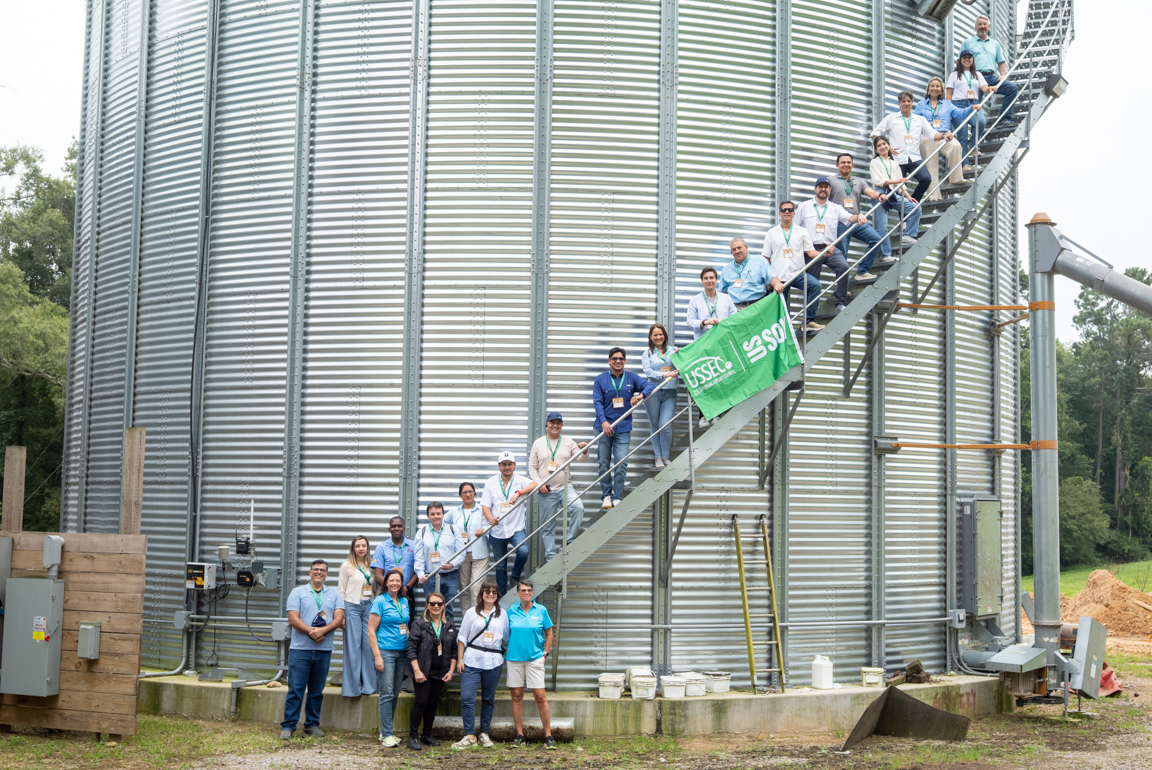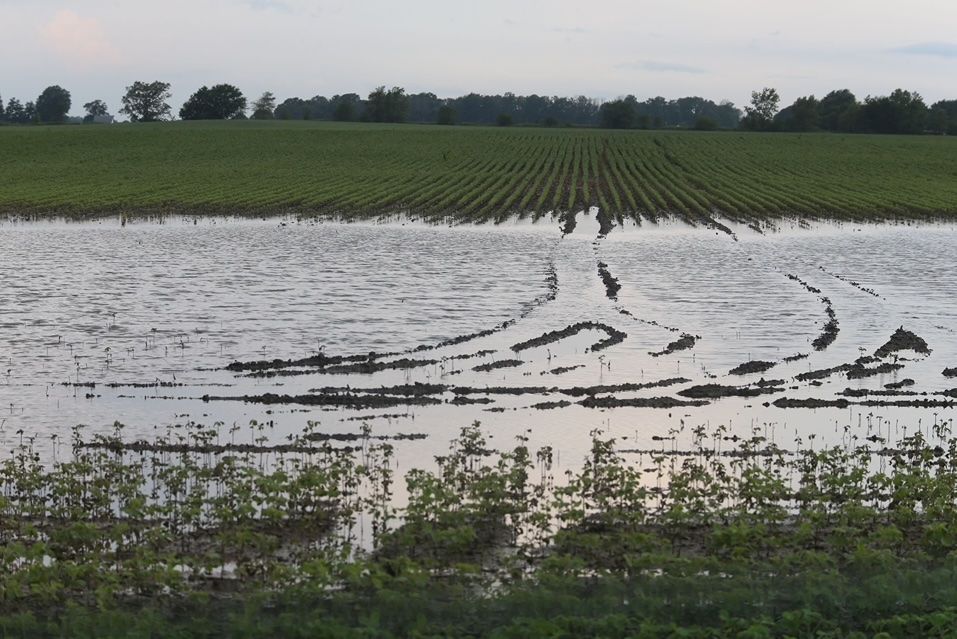Boost Your Bottom Line Without the Hassle

High oleic soybeans are a bonus for farmers
Some soybean varieties pay better than others but come with varying degrees of additional work.
Are you willing to adjust your management options to earn more? Ready to follow purity guidelines for a branded product? Perhaps you’re interested in growing seed or food-grade soybeans.
Earning a premium doesn’t have to mean extra sweat or stress. For farmers who are looking to boost their profitability but aren’t ready to make big operational changes, high oleic could be a good option.
Here’s what a few farmers already growing high oleic soybeans have to say in response to some of the most common questions about growing these premium varieties:
Processors pay a premium for high oleic soybeans. Does that mean there are a lot of extra steps when you’re growing them?
BILL BEAM, Elverson, Pennsylvania: You really don’t do anything differently – other than keeping it separate from your commodity soybeans. The only thing that I can see that’s different is that I get a premium when I deliver them.
KYLE LOTTINVILLE, Sheldon, Illinois: It’s really not much trouble. I try to plant my high oleic soybeans first, when the drill is already clean. There aren’t really any extra steps.
Since high oleic soybeans are grown on contract with local processors, does that make marketing them more difficult?
MIKE BEARD, Frankfort, Indiana: We have facilities to store product, so we chose at-will marketing. Since we would store anyway, the premium is nearly all profit.
KEVIN WILSON, Walton, Indiana: For us, the premiums are an extra bonus. We have to haul beans out anyway, so if I can get an extra 50 cents a bushel delivering to the processor, that adds up.

If you have to store your premium soybeans, is there extra work to maintain purity?
BEARD: Since they were planted in separate fields anyway, most of the work is really just following best management practices, like cleaning equipment and grain carts between fields and storing in a clean bin.
LOTTINVILLE: For us, it wasn’t bad at all. Cleaning equipment might take an extra five minutes, but it’s not a really rigorous process.
Did you have to change your planting practices?
WILSON: In terms of getting ready to plant, we made the decision to plant high oleic beans after everything else was planted. All we had to do was sweep out the planter before we put them in. It was a quick, one-time clean up.
BEAM: Planting and harvest dates are the same as other soybeans. We plant it, fertilize, spray and harvest high oleic soybeans the same as our commodity varieties.
It sounds like high oleic varieties could be a good opportunity for soybean farmers. What’s your advice for farmers considering planting high oleic?
LOTTINVILLE: This makes for a better market for soybeans, and it’s a chance to keep more soy in America. As we grow more of it, more companies can switch over.
BEAM: Do like I did – try them on a portion of your acres to test the waters. I wanted to make sure they performed, and they did. Every aspect lived up to what was expected.
As these farmers attest, high oleic soybeans offer a premium that requires very little extra work. Learn more about the process and compare your options using the soybean profit calculator. Contact your local processor to find contracts available in your area.



